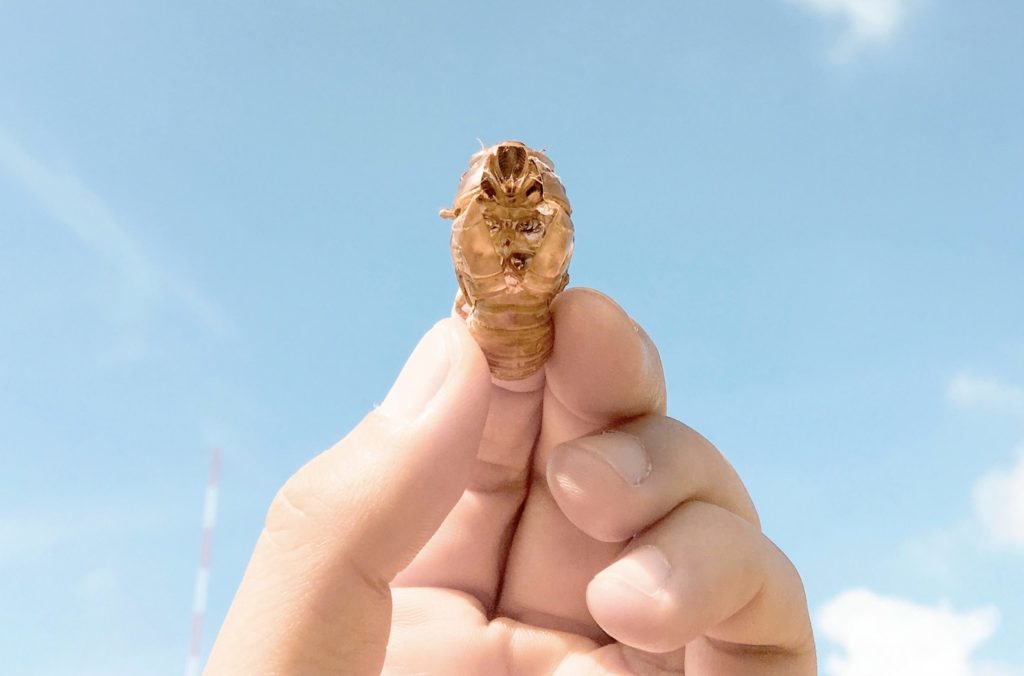I’m fortunate enough to have full-time work-from-home privileges, a comfortable house, and other factors that make me more able to quarantine than most people. And I’m very concerned about the pandemic and very conscious of the medical benefits of social distancing (see my State of the Pandemic series). As a result, I’ve been following a very strict lockdown for six months without interruption. Staying home and leaving only for essential errands is still the safest option, but this can’t go on indefinitely, for mental health and other reasons.
Luckily, the nonlinear dynamics of COVID-19 transmission mean that some ways of socializing in person are safer than others. And with COVID-19 cases falling, around me, and in most parts of the country at large, now is a better time to open up a little than earlier in the summer. As I think about how to open up, I’ve been putting together a system that I’m planning to use to minimize my risks while also seeing other humans from time to time.
I call it the Cicada Method.
Why the Cicada Method works
The Cicada Method is based on the riskiest and least risky times for contracting and spreading COVID-19. Because risk of spread is quadratic with group size, and spreading the disease is riskiest during the latent period after an exposure, you can minimize it by only socializing in groups of minimal size. Then, you can pulsate those interactions so no two events are separated by a plausible serial interval (2-11 days).
Basically, you need to make sure all events outside the house occur during a period too short for you to become infectious if you are exposed (about 36 hours). Then you’ll need to pause interactions completely for a period long enough that you would probably have noticed symptoms or reduced your shedding if you had an asymptomatic case (about 12 days).
That is, you’ll stay grounded most of the time (the quarantine period) and emerge briefly at long intervals (the emergence period), much like a Cicada.
Requirements
This method can only be carried out by people who are capable of completely isolating during the quarantine period:
- those who don’t work outside the home,
- who are capable of suspending all errands for 12 days,
- and whose household members are all on board with the plan.
You want to make sure you don’t have any contact with the outside world during the quarantine period. If you do, you could either spread SARS-CoV-2 you picked up during your last emergence period, or pick up SARS-CoV-2 you’ll spread during your next emergence period.
The Cicada Method can also only be carried out by those who are more worried about spreading SARS-CoV-2 to others than about getting it themselves. While this method will reduce the risk of getting infected relative to socializing more often or in bigger events, it won’t reduce it nearly as much as it will reduce the odds of spreading the disease.
The bottom line: if you’re elderly or high-risk, it’s better to stay isolated.
Unfortunately, until we have widespread effective therapies, a vaccine, or much more controlled spread of the virus, this kind of safe socialization is restricted to the very privileged–those at low-risk of dying from the virus, and who can easily work from home. If that’s you, consider using your moments outside to pick up groceries or do other errands for a vulnerable neighbor. Use your privileged position to help others.
How to do it
Before you proceed, remember that the safest way to go is to stay home. We can’t say that enough. But if you live alone and are craving human connection, this is probably your safest bet to see a select friend or family member.
- Choose two consecutive days of the week, and which week, to be your emergence period. Think carefully about when this is.
- Don’t go out, or break the quarantine in any way, for 12 days. No one in your house goes anywhere during this period. Ideally, this would mean no socializing, in-store grocery shopping, takeout, or errands. Nothing. Proceed to the next step only if everyone in your household is completely without symptoms of any kind. Ideally, get a COVID-19 PCR test and make sure it comes in negative.
- Then, for a 36 hour period, you can go out. This period runs from the morning of one day to the early evening of the next day. Socialize with only one household of other people at a time, preferably those who are also being very careful, and do it in a distanced manner to the extent possible: masks, handwashing, sterilizing surfaces, holding the event outdoors.
- During this same period, do your essential errands, also with maximum precautions. To avoid potential surface tracking of contamination from one event to another, shower and change clothes between consecutive events during this time.
- Quarantine again for 12 days as in step 2 to repeat the cycle.
- If you want to adjust which days of the week your emergence period falls on, just quarantine longer to time the emergence period to the days you want. Never adjust the emergence period by shortening the quarantine.
Not going out at all is still the safest and most ethical way to proceed in an area with uncontained active transmission of SARS-CoV-2. But if you absolutely must socialize, the Cicada Method is probably the safest way.
We can’t guarantee that using the Cicada Method will keep you 100% safe from COVID-19. That’s just not how it works. But if nothing else, the Cicada Method reminds us just how much work it is to protect yourself and others from contracting SARS-CoV-2. It’s hard work to stay safe right now, but if you need to see other people, that hard work just might be worth it.


You are reporting the comment """ by on